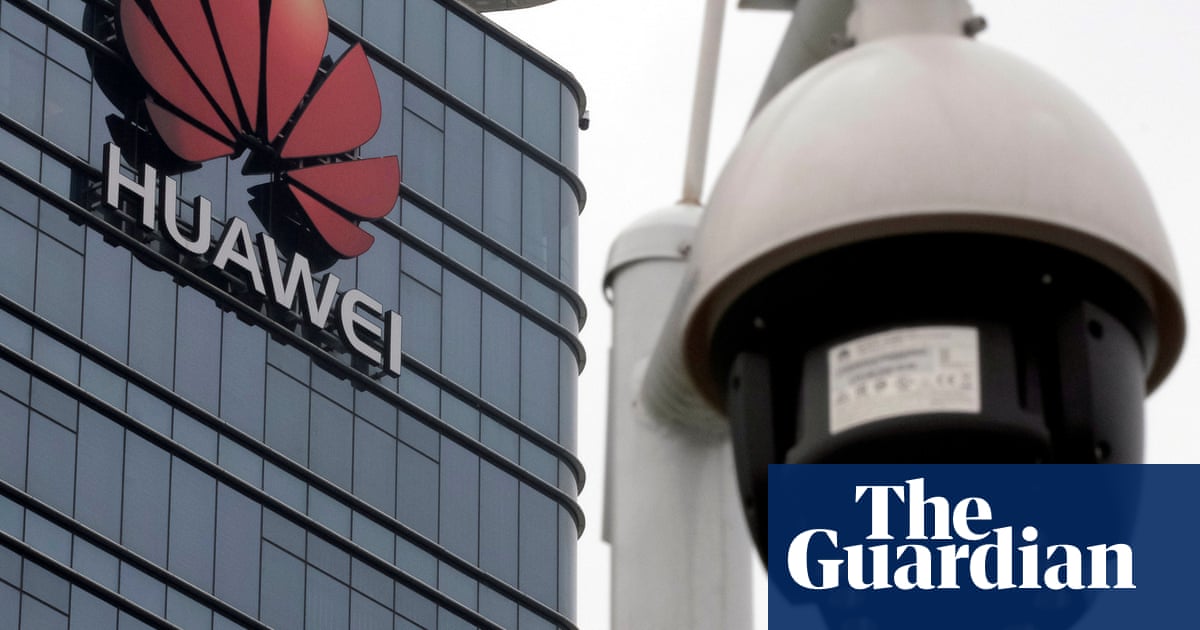Documents Link Huawei To Uyghur Surveillance Projects

Huawei has helped Chinese authorities create surveillance technology that targets the country’s Uyghur minority population, an investigation has alleged.
A series of marketing presentation slides reviewed by the Washington Post found Huawei had a role in developing surveillance projects created in a partnership with other Chinese companies.
They included analysis of voice recordings, monitoring detention centres, tracking locations of political individuals of interest, police surveillance in the western Xinjiang region, and corporate tracking of employees and customers.
While the slides did not specify who the presentations were for, the report said some of them showcased surveillance functions specific to police or government agencies, which suggests Chinese government authorities may have been the intended audience.
Huawei said it had no knowledge of the projects mentioned in the Washington Post report. “Huawei does not develop or sell systems that target any specific group of people and we require our partners comply with all applicable laws, regulations and business ethics,” it said in a statement. “Privacy protection is our top priority and we require that all parts of our business comply with all applicable laws and regulations in the countries and regions where we operate.”
According to the report, many of the slides were created in 2014, a few months after a terrorist attack at Kunming railway station that killed 31 people – a case Chinese officials often cite when justifying their policies in Xinjiang. The report said some modifications to the files were made in 2019 or 2020. Huawei’s logo can be seen in many of these slides.
The report claimed Xinjiang surveillance projects were highlighted in several slides. Although they did not mention the Uyghur ethnic minority specifically, at least one slide claimed Huawei’s technology had helped the public security bureau in Ürümqi, the capital of Xinjiang, capture a number of criminal suspects.
The presentation said the system had been in use in Ürümqi since 2017 – which experts believe is around the time when the mass detentions of Uyghurs began.
In recent weeks the US and several of its allies have announced a diplomatic boycott of the Beijing Winter Olympics in response to what the Biden administration called “crimes against humanity in Xinjiang and other human rights abuses”.
The report said a “one person one file” facial recognition solution was co-developed by Huawei and a Beijing-based company, which was sanctioned by the US commerce department in July for alleged human rights abuses in Xinjiang.
According to the report, other presentations said Huawei’s equipment was used in surveillance camera systems in other Xinjiang cities, highways and detention centres.
The pitch to provide voice recording analysis aimed to help the authorities examine voice recordings for national security purposes, the report said. In China, the term “national security” is broad. It could range from activities conducted by political dissents to policies in Hong Kong.
One 2018 presentation introduced the iFlytek Voiceprint Management Platform, a product co-developed by Huawei and iFlytek, a Chinese artificial intelligence company. According to the slide, this product can identify individuals by comparing their voice against a “voiceprint library”.
It is unclear whether the developers of this product were involved in collecting voiceprints. But the partner, iFlytek, was sanctioned by the US for alleged human rights violations in 2019. The company did not respond to the Washington Post’s inquiry.
READ MORE HERE
